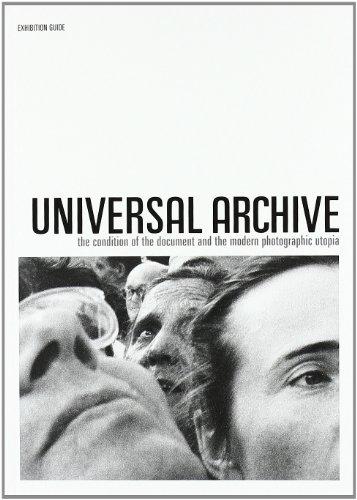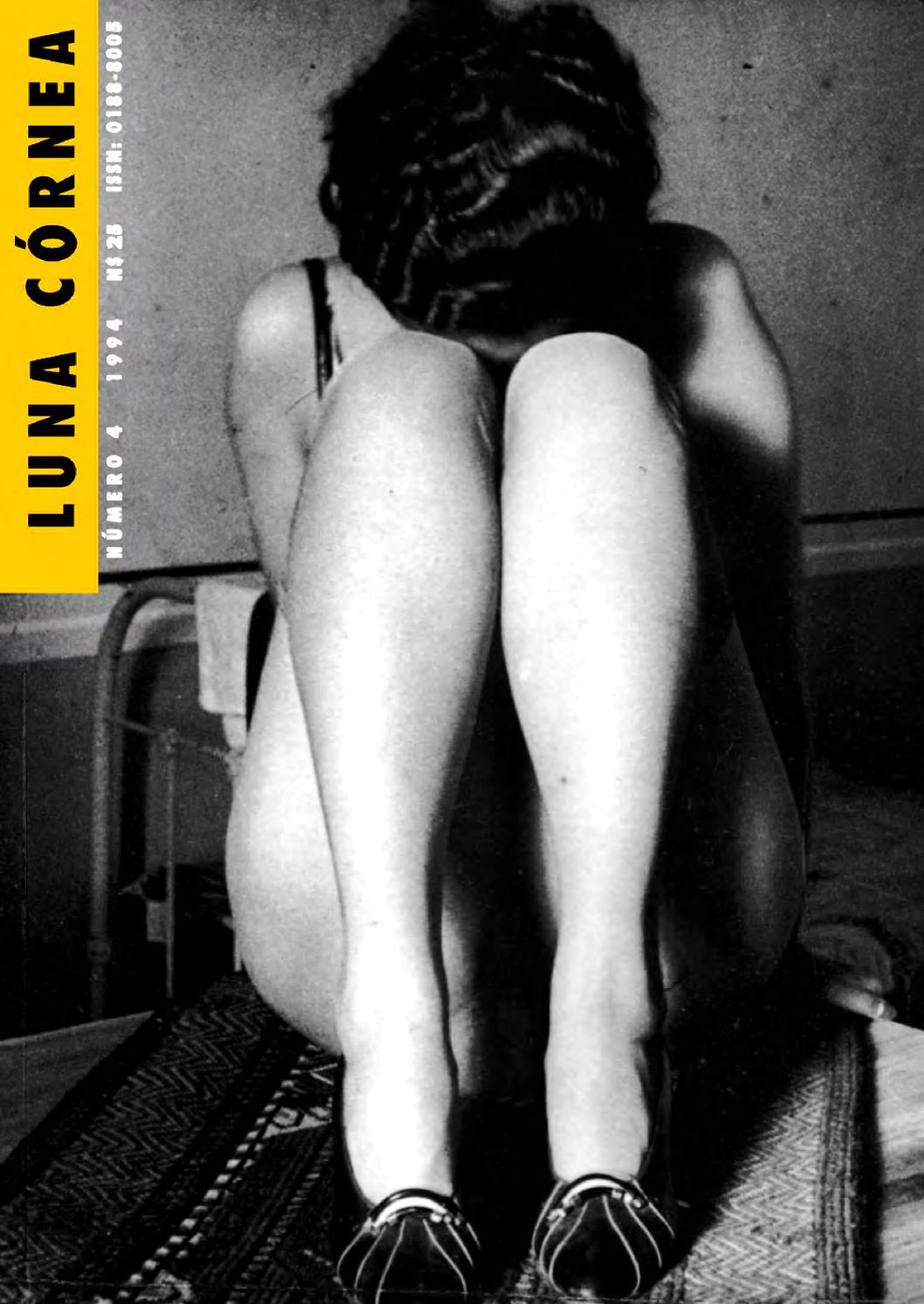Jorge Ribalta: Universal Archive: The Condition of the Document and the Modern Photographic Utopia (2008) [CA, ES, EN]
Filed under book, catalogue | Tags: · archive, barcelona, city, documentary photography, history of photography, photography

“This guide has been published on the occasion of the exhibition Universal Archive. The Condition of the Document and the Modern Photographic Utopia (2008-09) that analyses the idea of a document in the history of photography on the basis of the study and staging of a number of debates about the genre during the 20th century. With the aim of assessing various hypotheses about the meanings and mechanisms of the documentary, it traces a historical itinerary that gets under way with the beginning of the hegemony of photography in the illustrated press in the first third of the 20th century, before arriving at the purported crisis of photographic realism in the digital era at the end of the century. For all that, the exhibition is not a history of the genre, nor does it exhaust its possible definitions, but instead attempts to study how the photographic document has been constituted — in a consistently ambivalent and polemical way — in certain historical contexts. ”
Publisher Museu d’Art Contemporani de Barcelona (MACBA), Barcelona, 2008
ISBN 9788489771703
99 pages
via MACBA
Exhibition reviews: Max Andrews (Frieze 2009), David Evans (Photography & Culture 2010), Art Tattler (n.d.).
Arxiu universal (Catalan, 2008, PDFs)
Archivio universal (Spanish, 2008, PDFs)
Universal Archive (English, 2008, PDF, 3 MB)
Victor Tupitsyn: The Museological Unconscious: Communal (Post)Modernism in Russia (2009)
Filed under book | Tags: · art history, community, community art, conceptual art, contemporary art, factography, identity, photography, postmodernism, russia, socialist realism, sots art, soviet union, utopia

“In The Museological Unconscious, Victor Tupitsyn views the history of Russian contemporary art through a distinctly Russian lens, a “communal optic” that registers the influence of such characteristically Russian phenomena as communal living, communal perception, and communal speech practices. This way of looking at the subject allows him to gather together a range of artists and art movements–from socialist realism to its “dangerous supplement,” sots art, and from alternative photography to feminism–as if they were tenants in a large Moscow apartment.
Describing the notion of “communal optics,” Tupitsyn argues that socialist realism does not work without communal perception–which, as he notes, does not easily fit into crates when paintings travel out of Russia for exhibition in Kassel or New York. Russian artists, critics, and art historians, having lived for decades in a society that ignored or suppressed avant-garde art, have compensated, Tupitsyn claims, by developing a “museological unconscious”–the “museification” of the inner world and the collective psyche.”
With an Introduction by Susan Buck-Morss and Victor Tupitsyn
Publisher MIT Press, 2009
ISBN 0262201739, 9780262201735
x+341 pages
Reviews: Raoul Eshelman (ArtMargins 2009), Gillian McIver (a-n 2009), Alexander Etkind (Russian Review 2010), Sven Spieker (Slavic Review 2010), Lara Weibgen (ArtJournal 2011).
PDF (6 MB)
PDF chapters
Luna Córnea, 4: El cuerpo (1994) [Spanish]
Filed under magazine | Tags: · art, body, photography

“El cuerpo, y no el desnudo fotográfico, es la preocupación fundamental de este cuarto número de Luna Córnea. Aquí se encuentran trabajos de muy distinto tenor. El número abre con una arriesgada reflexión de Enrique Flores en torno a Leonardo Da Vinci, que lo inscribe como un fotógrafo anterior a la creación de este arte. Alfonso Morales nos introduce a la obra del fotógrafo poblano Juan Crisóstomo Méndez, y su mirada escrupulosa y obsesiva del cuerpo femenino, a través de sucesivos velos y fragmentaciones. Esta constelación de imágenes ocupa un lugar central en el número. Sergio González Rodríguez explora, por su parte, las modalidades de la fotografía prostibularia en México, un tipo de fotografía presente desde el siglo pasado hasta nuestros días. Con el nombre de “El cuerpo y sus dobles”, Mauricio Molina nos habla de la función de la máscara, el tatuaje y los velos en la abigarrada geografía de los cuerpos.
Este número, en suma, recopila un material rico y variado, y nos ofrece una visión inédita del cuerpo a través de sus múltiples metáforas. El cuerpo del placer, el cuerpo del delito, el cuerpo y sus enfermedades, el cuerpo de excepción son algunos de los aspectos que aquí se revisan.”
Publisher Consejo Nacional para la Cultura y las Artes, México DF, 1994
ISSN 0188-8005
131 pages
PDF (26 MB)
Issuu
More issues of the magazine

